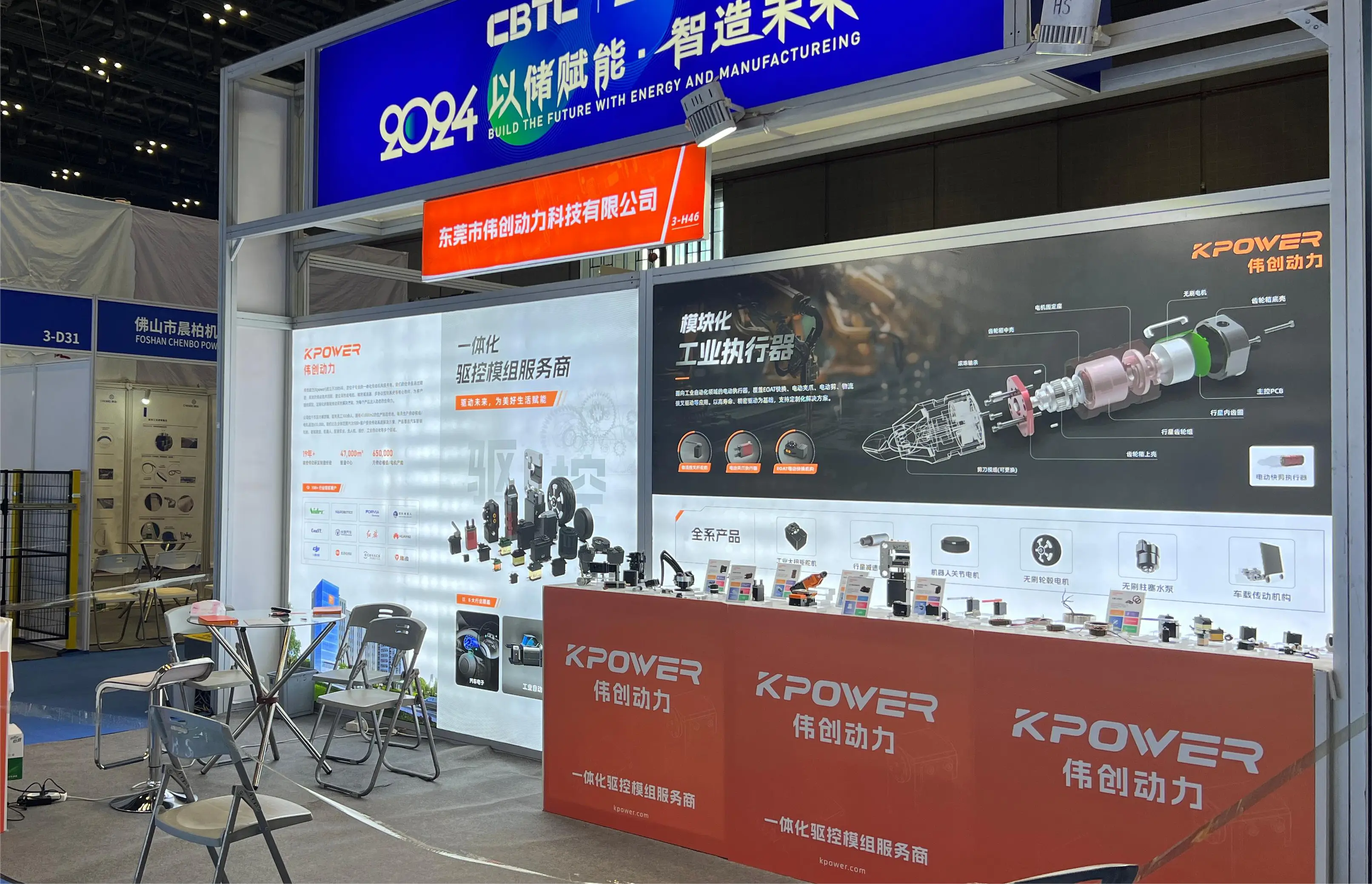Imagine you're building a house. Do you start with a big, solid foundation all at once — a monolithic approach? Or do you put up walls piece by piece, allowing each part to flex and adapt along the way — like microservices? This question isn’t just about construction; it’s a fundamental tech dilemma for modern developers.

Monolithic architecture feels like crafting a giant block. It’s one single, unified program where everything — from user interface to data management — lives under one roof. It works well for simple projects. Think of small startups or applications with straightforward needs. Everything is tightly coupled. Easy to set up, easier to deploy initially. But the moment you want to scale or update a feature, things get complicated. Making a change might mean touching the entire system, risking breaking other parts in the process.
Switch gears and picture microservices. It's like building a city with tiny, specialized shops. Each service handles a specific task—payment processing, user authentication, order management. These little units communicate over APIs, staying loosely linked. It’s a more modular approach, which is fantastic when the application needs to evolve rapidly. Updating one service? No worries, it stays isolated. But what about managing all those tiny pieces? Suddenly, coordination, deployment pipelines, and data consistency become a lot more intricate.
Here’s the fun part — why pick one? Because it isn’t always clear-cut. Sometimes a monolith is perfect when your app isn’t too complicated, or you're just testing waters. But what if your user base suddenly explodes? Microservices handle that surge like a champ—scaling one part without disturbing the whole system. Flexibility is the key here, but at the cost of added complexity.
What about the real-world? Banks, think about how they need both security and quick updates. Microservices make it easier to isolate sensitive info, but the setup demands robust communication protocols. On the flip side, a gaming company launching a new feature might prefer microservices so they can roll out updates without downtime.
Could a blend be the answer? Sure. Some companies start with a monolith and then extract services as they grow. It’s like renovating a house—adding wings when needed. That approach balances quick initial deployment with room to expand.
In the end, the choice isn’t just code. It’s about how your team works, the speed you need, and how complex your application gets over time. Some projects thrive on simplicity, others demand the agility of microservices. Letting the needs guide your architecture is what makes a system stand out. Think about how you want to ride the wave of tech innovation. Choosing the right approach can be the difference between a system that’s a breeze to manage and one that’s an evolving puzzle.
Established in 2005, Kpower has been dedicated to a professional compact motion unit manufacturer, headquartered in Dongguan, Guangdong Province, China. Leveraging innovations in modular drive technology, Kpower integrates high-performance motors, precision reducers, and multi-protocol control systems to provide efficient and customized smart drive system solutions. Kpower has delivered professional drive system solutions to over 500 enterprise clients globally with products covering various fields such as Smart Home Systems, Automatic Electronics, Robotics, Precision Agriculture, Drones, and Industrial Automation.




































